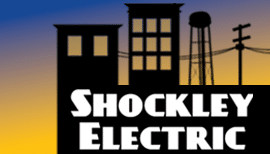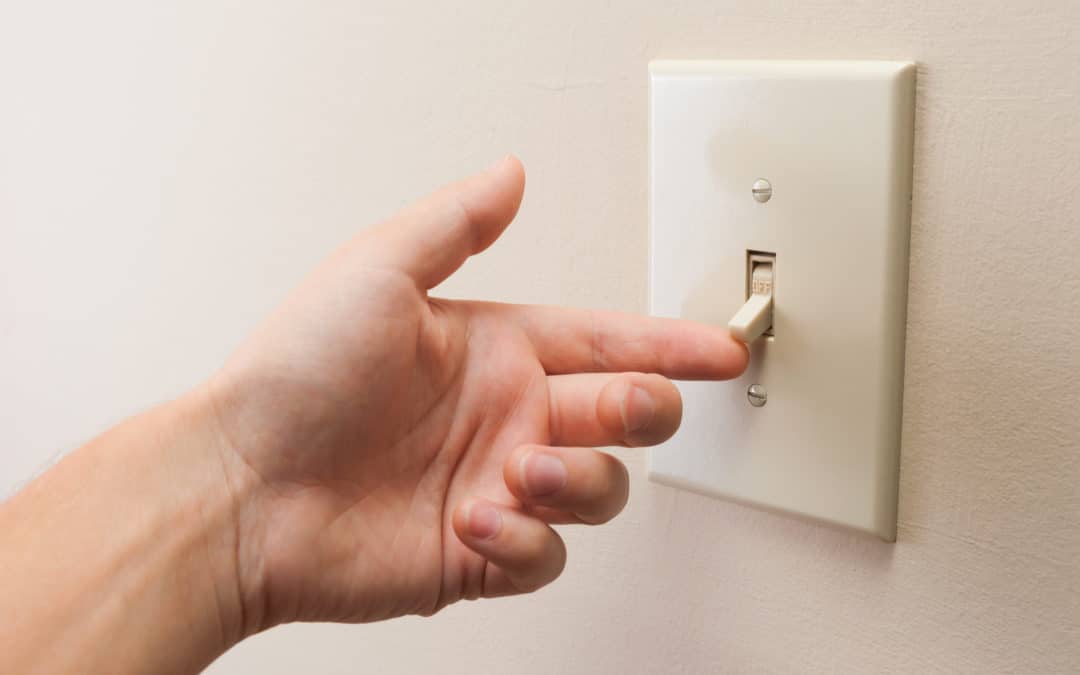When choosing lighting for the rooms in your home, there are a few things to consider: the purpose of each room, the types of lighting available to meet the room’s needs, necessary power requirements, and energy efficiency. Considering all these factors, you can create warm, inviting rooms that serve their purpose well, all while saving you money on your electricity bills.
Types of Lighting
When looking for home lighting, there are generally three types to choose from:
- Ambient. This kind of lighting provides overall illumination, usually by way of a centralized ceiling fixture or recessed lights in the ceiling.
- Task. This lighting is placed to give light to specific tasks like cooking, working, or studying. Think of the lights mounted under cabinets or pendant lights that hang from the ceiling.
- Accent. This type of lighting highlights specific features in a room, such as artwork or room architecture. Think of track lighting, sconces, or spotlights.
Purpose of Lighting in Rooms
Different rooms require different combinations of the lighting choices discussed above.
- Study. Task lighting, like desk lamps, combined with ambient lighting, illuminates your work while reducing eye strain.
- Living room. Use a combination of ambient lighting and accent lighting that highlights special artwork or an eye-catching architectural detail like unique ceiling beams.
- Kitchen. Combine bright task lighting, such as pendants and under-cabinet lights, with ambient lighting to create a warm atmosphere where reading recipes, chopping vegetables, and cooking meals can be accomplished.
- Bedroom. Ambient, dimmable lighting together with task lighting for activities like reading create a restful atmosphere for winding down in the evenings.
- Bathroom. Getting ready for the day requires bright task lighting that will not cast unnatural shadows. Here you may choose adjustable vanity lights or sconces around the mirror.
Consider the Electrical Implications
- Power requirements. Different types of lighting fixtures will require varying power to run. Ensure your home can carry the load, especially if you’re adding several new fixtures to existing circuits.
- Energy efficiency. LEDs or light-emitting diodes are more energy efficient and have a longer life than incandescent bulbs. They can be dimmed—which also saves energy and creates different moods in your rooms. Read more about energy-efficient lighting below.
- Consult a professional. When choosing the correct lighting for your home, a professional electrician can ensure your electrical system is up to code and safe.
Choose Energy Efficiency
According to the US Department of Energy’s publication Consumer Guide to Energy-Efficient Lighting, lighting accounts for about 15% of an average home’s electricity use. Because of that, making energy-efficient lighting choices is both important to saving money and reducing the use of limited natural resources.
For a century, incandescent bulbs ruled the marketplace, but unfortunately, 90% of their energy is released as heat and only 10% as light. Compact fluorescent lamps, or CFLs, use about 75% less energy and heat to produce the same amount of light.
The newest and most energy-efficient item on the lighting market today is the LED. LEDs, which use light-emitting diodes to produce light very efficiently, use up to 90% less energy and last up to 25 times longer than incandescent bulbs. Most are dimmable, which saves additional energy, and they are cool to the touch. The average household can save about $225 in energy costs per year by using LED lighting, according to the DOE.
Learn more about where to place electrical outlets to support your lighting choices: 7 Tips for Choosing the Right Place to Put Plugs When Building a New Home.
How Can We Help?
At Shockley Electric, we address important home safety issues such as power surges, faulty electrical wiring, and potential fire hazards when we do electrical preventive maintenance in homes or commercial buildings. We are licensed, trained, and skilled in safety-proofing your home, and we are committed to the safety and well-being of our customers.
If you are experiencing electrical problems in your home or aren’t sure if your home is protected from electrical hazards, schedule an in-home estimate or appointment with us today. Fill out our form or call us now for a free estimate!

